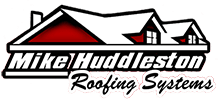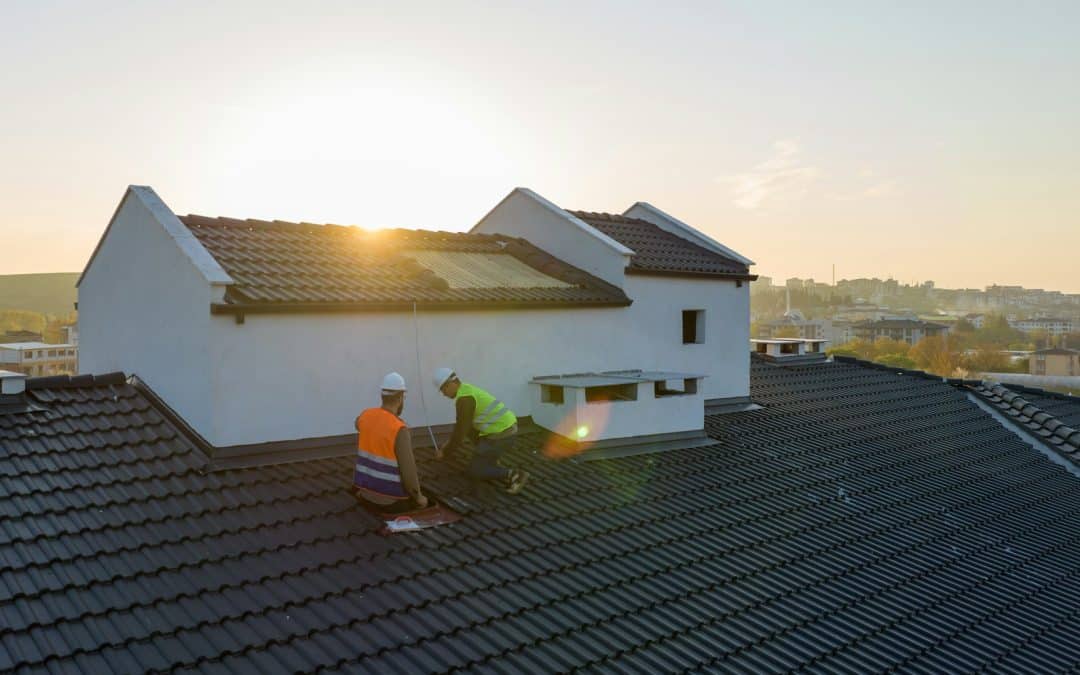Maintaining your home’s roof is crucial to ensure its longevity and to protect what’s inside. A roof in good condition keeps out the elements and maintains the structure of your home. However, many homeowners overlook the signs that their roof needs attention, leading to bigger problems down the line.
One of the easiest ways to know if your roof needs repair is by looking for visible signs of damage. Shingles that are cracked, missing, or curling can suggest that your roof is aging or has experienced severe weather. Ignoring these signs can lead to leaks and more extensive damage.
Another major red flag is water stains or leaks inside your home. Discoloration on ceilings or walls often means that water is penetrating your roof and seeping into the interior. Addressing these issues quickly can prevent mold growth and structural damage.
Sometimes the signs are not as obvious, such as a sagging roof deck. This can indicate underlying structural issues that can be very serious. It’s essential to recognize and address these problems before they become critical.
Increased energy bills can also hint at roof issues. Poor insulation or ventilation in your roofing system can cause your heating and cooling systems to work harder, resulting in higher energy costs.
By understanding these signs and knowing how to address them, you can ensure that your roof remains in great shape and continues to protect your home effectively.
Visible Shingle Damage
Visible shingle damage is one of the clearest signs that your roof needs repair. Shingles protect your home from weather and water. When shingles are damaged, your roof loses its ability to keep moisture out, leading to leaks and other issues.
Look for shingles that are cracked, curled, or missing. Cracked shingles can break under pressure, while curled shingles often fail to lie flat against the roof. Both issues make your roof vulnerable to water damage. Missing shingles create gaps that expose the underlayment and roof deck to the elements, increasing the risk of leaks.
Granule loss is another sign of shingle damage. Check your gutters for granules, which look like coarse, dark sand. Granules protect shingles from UV rays. Their absence indicates that shingles may deteriorate faster. If you notice these signs, it’s time to consider repair or replacement to protect your home effectively.
Leaks and Water Stains
Leaks and water stains inside your home signal that your roof may be compromised. Even small leaks can lead to serious problems if not fixed promptly. Leaks often start small but can grow quickly, causing significant damage to your home’s structure and interior.
Look for water stains on your ceilings and walls. These stains appear as discoloration and can grow if the leak isn’t fixed. Mold growth around these areas also indicates a moisture problem. If left untreated, mold can cause health issues and further structural damage.
Another sign to watch for is damp or wet insulation in your attic. This often points to a roof leak allowing water into the attic space. Regularly inspect your attic during and after rain to catch leaks early.
Addressing these issues promptly by fixing leaks and repairing water damage can prevent major repairs later. Ignoring these signs will only make the problem worse, leading to costly repairs and potential health hazards.
Sagging Roof Deck
A sagging roof deck is a serious sign that your roof needs immediate attention. When the roof deck sags or dips, it indicates structural problems that can lead to severe damage. This problem could be due to water damage, poor installation, or heavy loads such as snow and ice.
To identify a sagging roof deck, start by inspecting the roofline. It should be straight and even. If you notice any dips or curves, you likely have an issue. Additionally, check the attic for signs of damage such as compromised support beams or warped plywood. These issues weaken the roof structure and can make the deck sag.
Addressing a sagging roof deck generally requires professional help. Roofing contractors can assess the extent of the damage and recommend repairs. This may involve replacing damaged beams or adding support to the affected areas. Quick action is essential to prevent further damage and ensure the safety of your home.
Increased Energy Bills
High energy bills can also indicate roof issues. If your heating and cooling costs are rising without a change in your usage, your roof might be the problem. Poor insulation, gaps, and leaks can cause your HVAC system to work harder, driving up energy costs.
To determine if your roof is making your energy bills spike, first check for drafty areas in your home. These can be near windows, doors, or in the attic. Feel for temperature differences that suggest air is escaping or entering through problematic spots in the roof.
Ensure your attic is properly insulated and ventilated. Poor ventilation can trap heat in the summer and cold air in the winter, taxing your HVAC system. If insulation is insufficient or damaged, consider adding new insulation to improve energy efficiency.
Scheduling an energy audit can also help identify where your home is losing energy. Addressing roof-related energy issues not only lowers your bills but also improves your home’s overall comfort.
Final Thoughts
Recognizing the signs that your home’s roof needs repair is crucial for maintaining its longevity and functionality. Visible shingle damage, leaks and water stains, a sagging roof deck, and increased energy bills are all indicators that your roof may require professional attention. Ignoring these signs can lead to more significant problems and costly repairs down the road.
Regularly inspecting your roof and addressing minor issues promptly can prevent larger complications. Take action on the visible signs of wear and tear, ensure your roof is well-maintained, and don’t hesitate to seek professional advice when needed.
For expert help with your residential roof repair, contact Mike Huddleston Roofing Systems. We’re dedicated to keeping your home safe and secure with our reliable roofing solutions.

